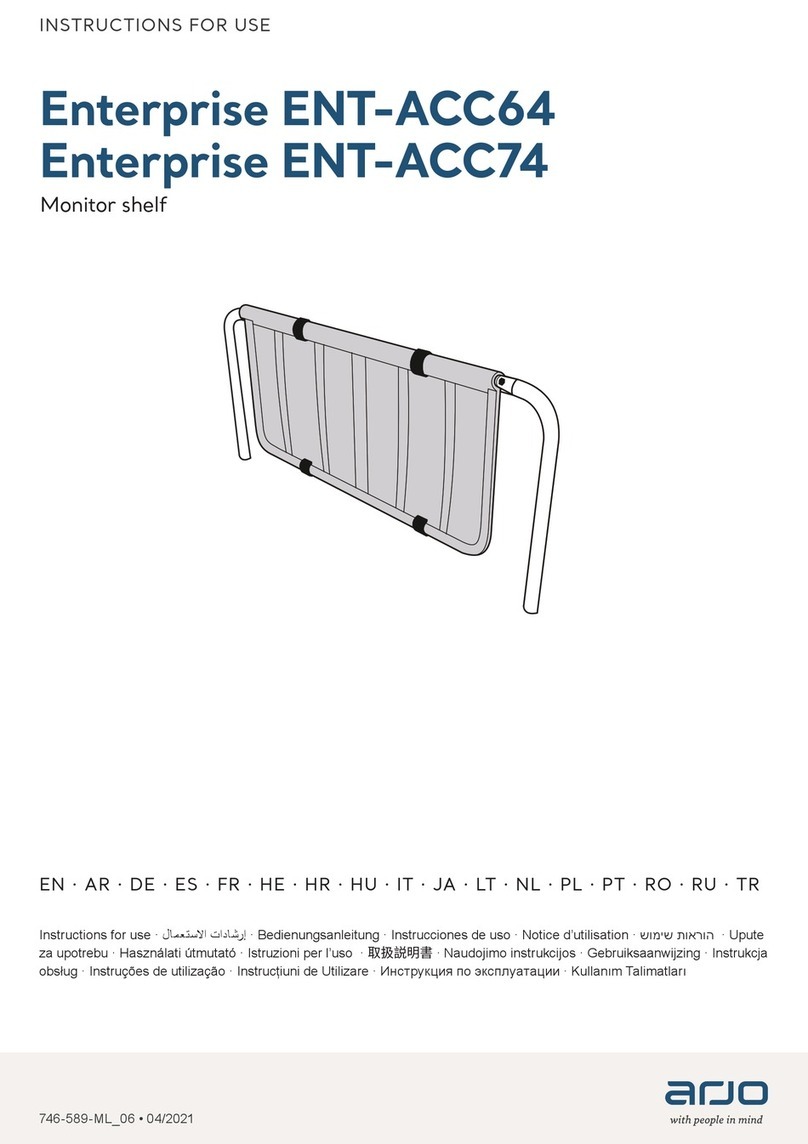Arjo Prioma Couch Electric User manual




















This manual suits for next models
3
Table of contents
Other Arjo Medical Equipment manuals
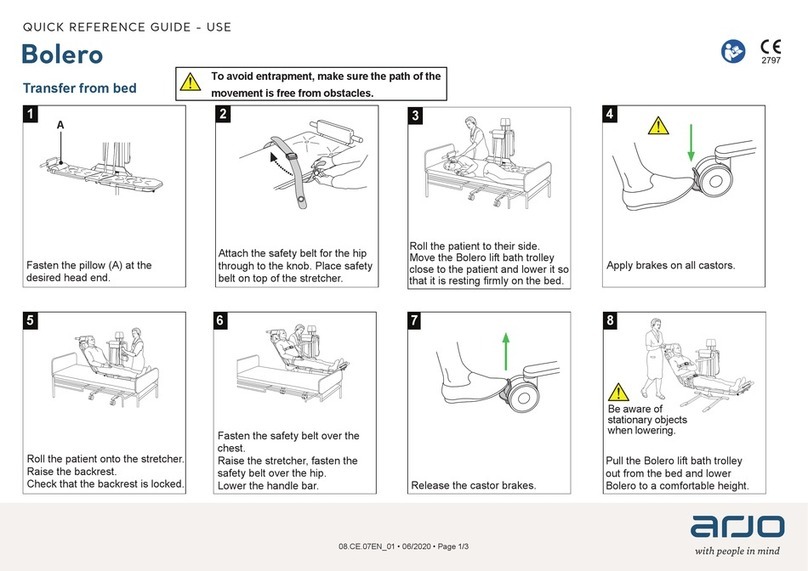
Arjo
Arjo Bolero User manual
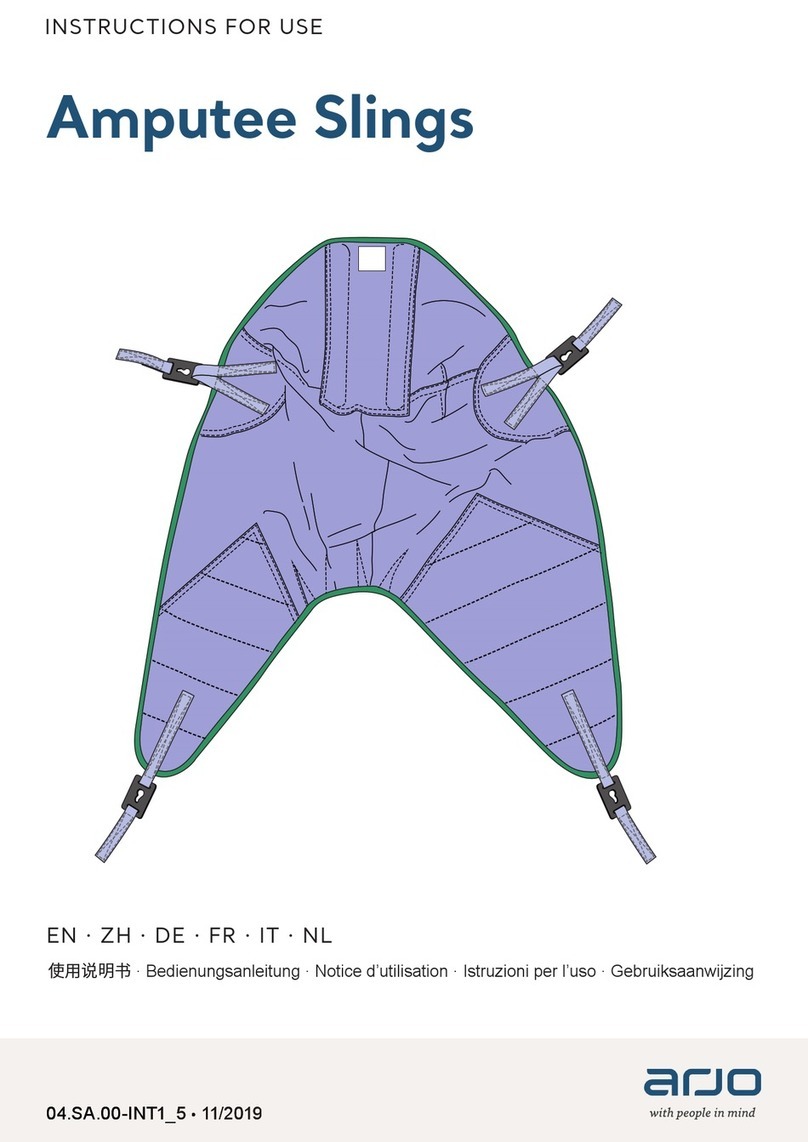
Arjo
Arjo MAA2080M User manual
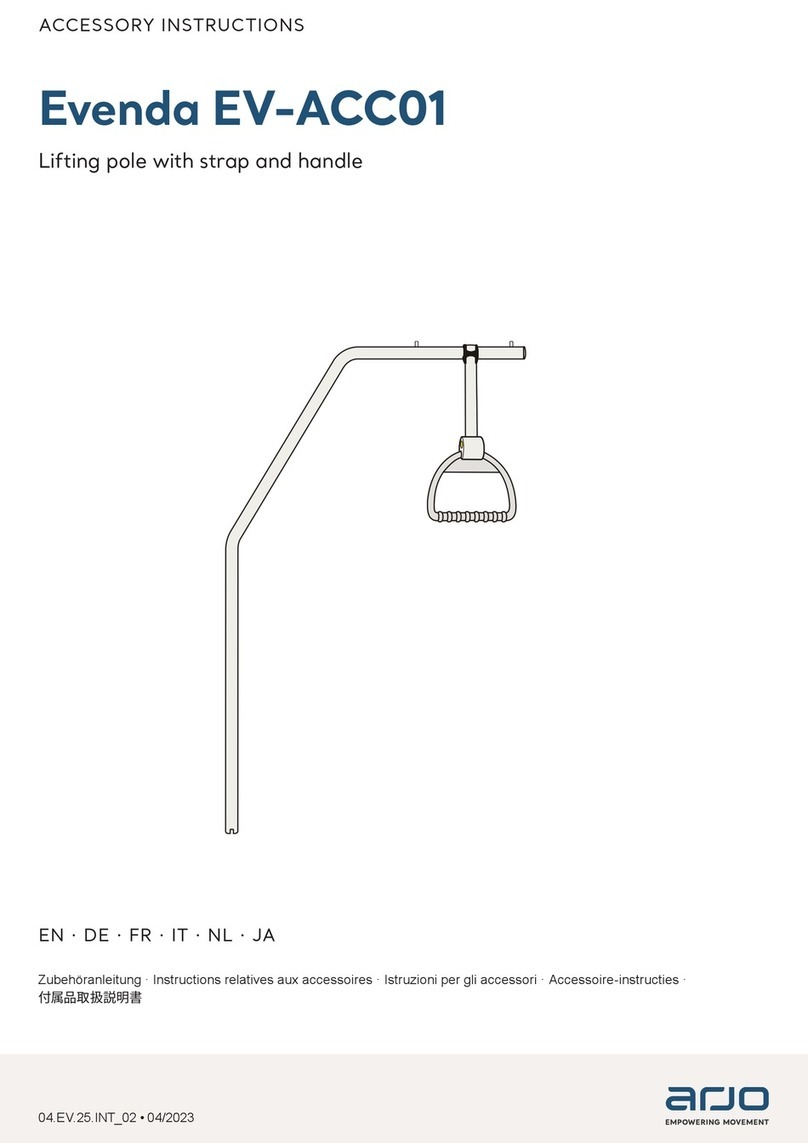
Arjo
Arjo Evenda EV-ACC01 User manual
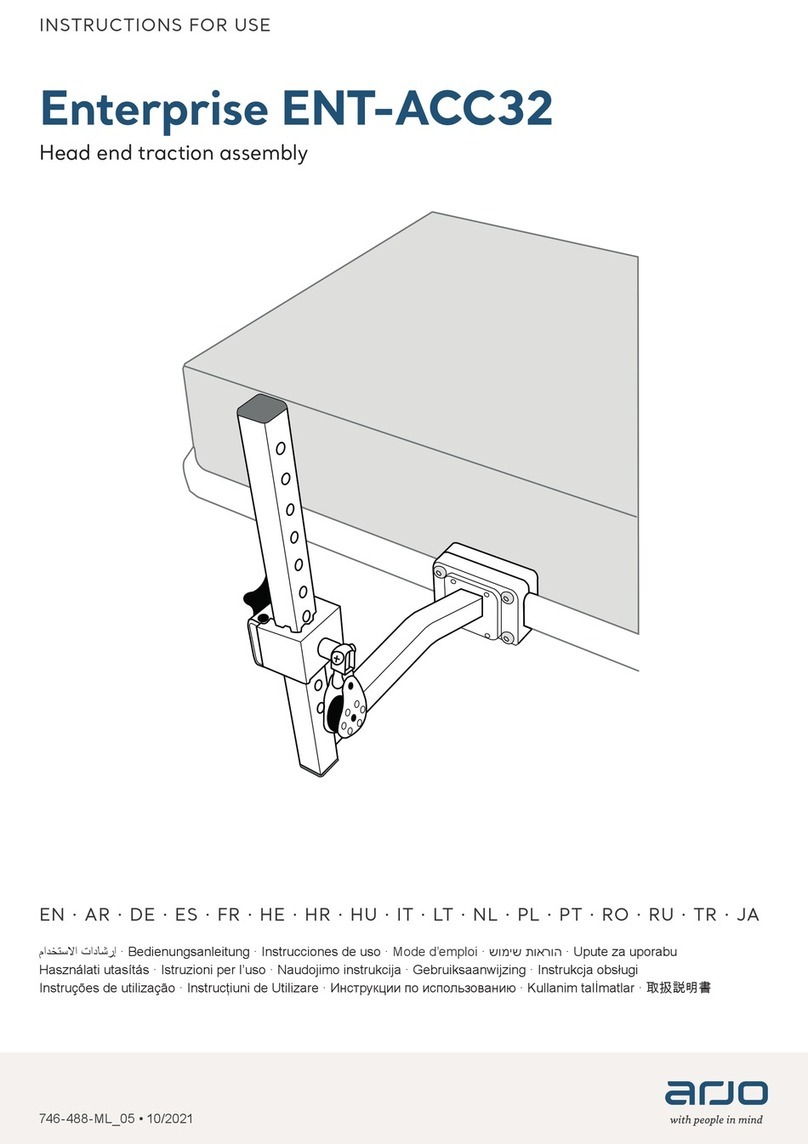
Arjo
Arjo Enterprise ENT-ACC32 User manual

Arjo
Arjo First Spet Select User manual
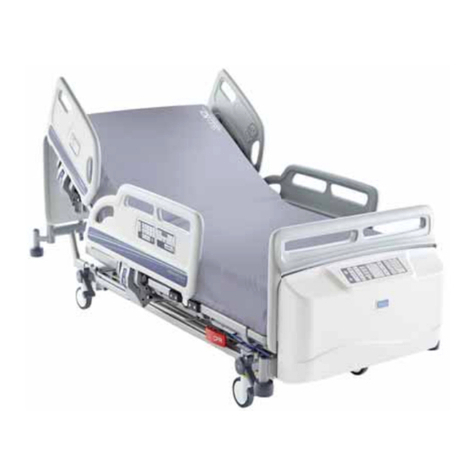
Arjo
Arjo Citadel User manual

Arjo
Arjo Tornado Instruction manual
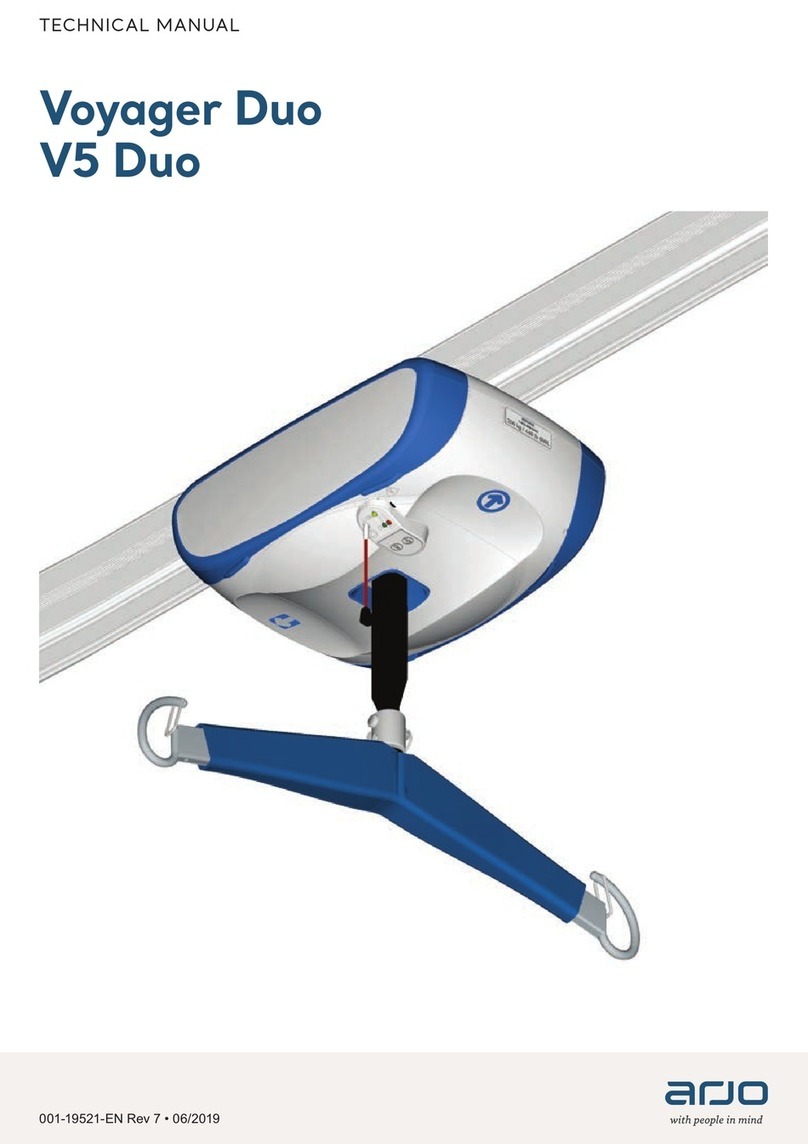
Arjo
Arjo Voyager User manual
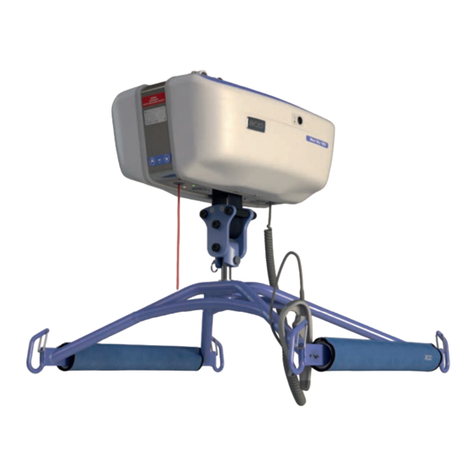
Arjo
Arjo Maxi Sky 1000 User manual

Arjo
Arjo Enterprise ENT-ACC02 User manual
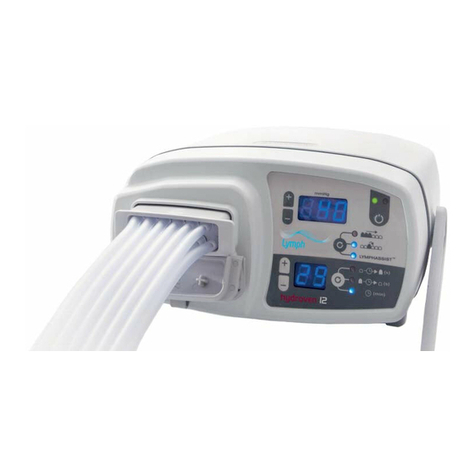
Arjo
Arjo Huntleigh Hydroven 12 LymphAssist... User manual
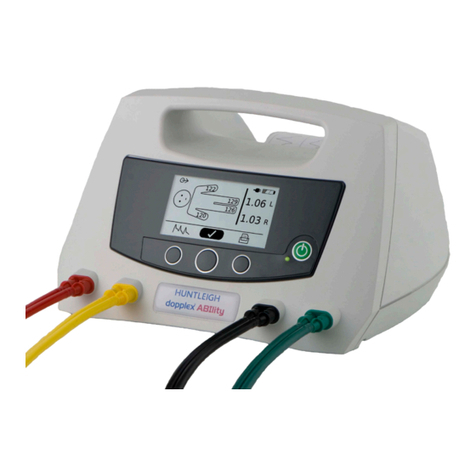
Arjo
Arjo Huntleigh Dopplex Ability User manual
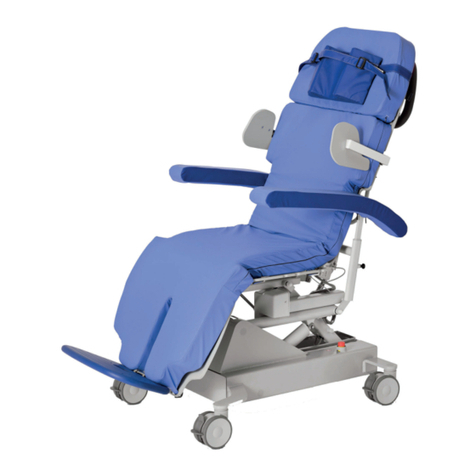
Arjo
Arjo Sara Combilizer User manual
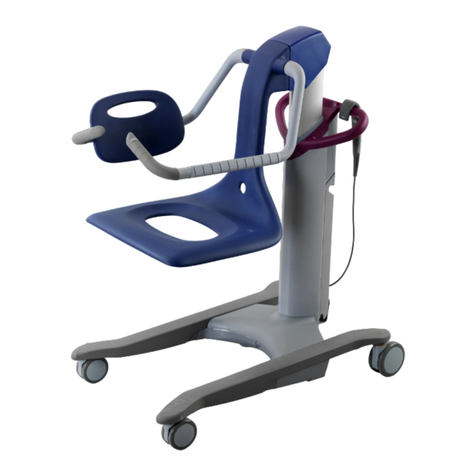
Arjo
Arjo Alenti User manual
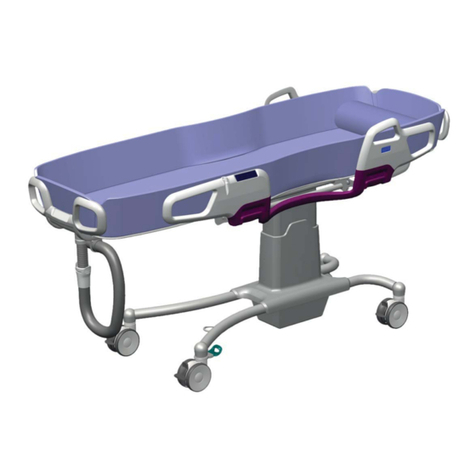
Arjo
Arjo Carevo User manual

Arjo
Arjo Lifeguard LG55 User manual
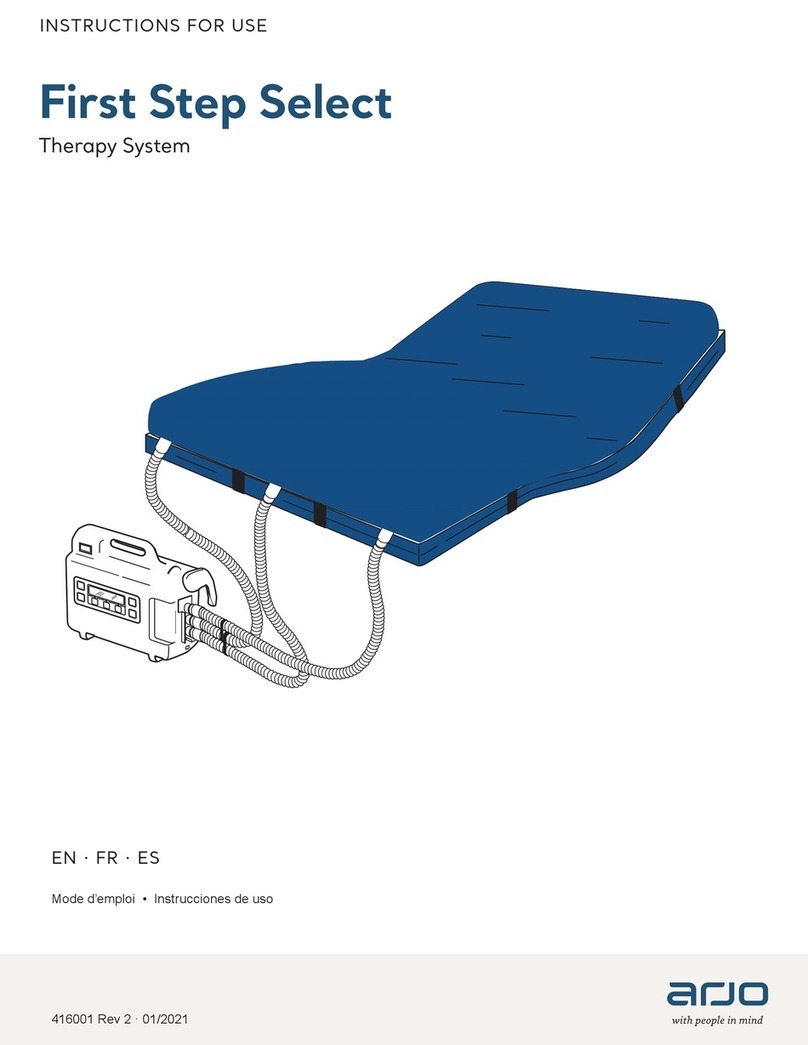
Arjo
Arjo FIRST STEP User manual
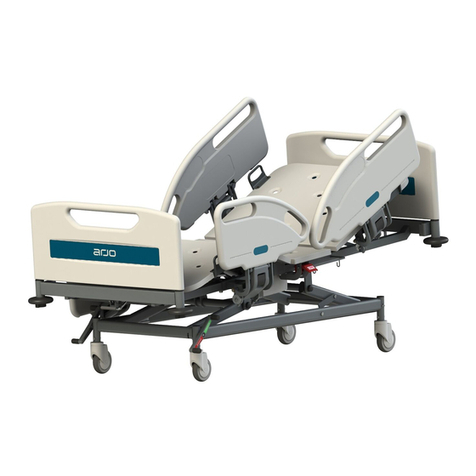
Arjo
Arjo Prioma User manual
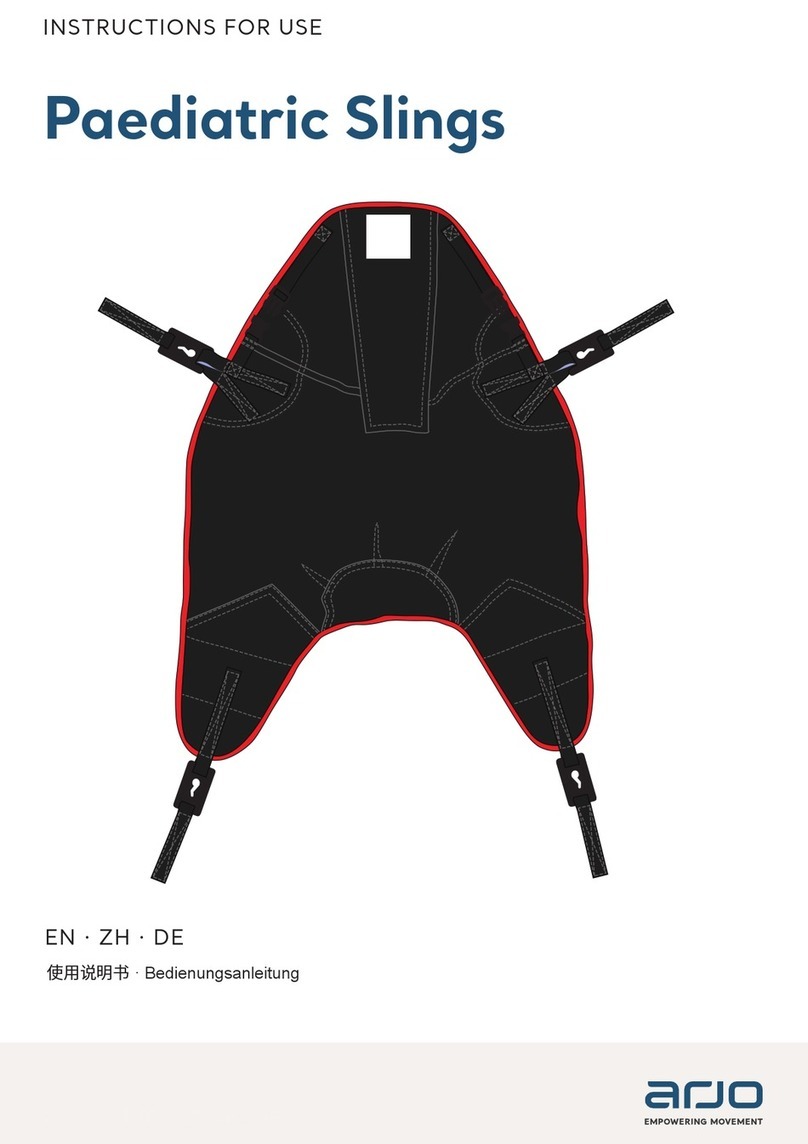
Arjo
Arjo MAA4020M User manual
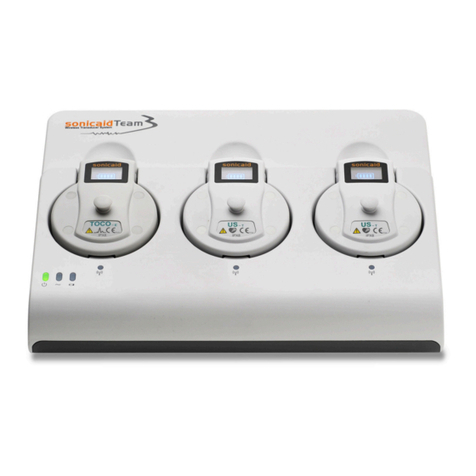
Arjo
Arjo HUNTLEIGH Sonicaid Team3 User manual
Popular Medical Equipment manuals by other brands

Getinge
Getinge Arjohuntleigh Nimbus 3 Professional Instructions for use

Mettler Electronics
Mettler Electronics Sonicator 730 Maintenance manual

Pressalit Care
Pressalit Care R1100 Mounting instruction

Denas MS
Denas MS DENAS-T operating manual

bort medical
bort medical ActiveColor quick guide

AccuVein
AccuVein AV400 user manual

